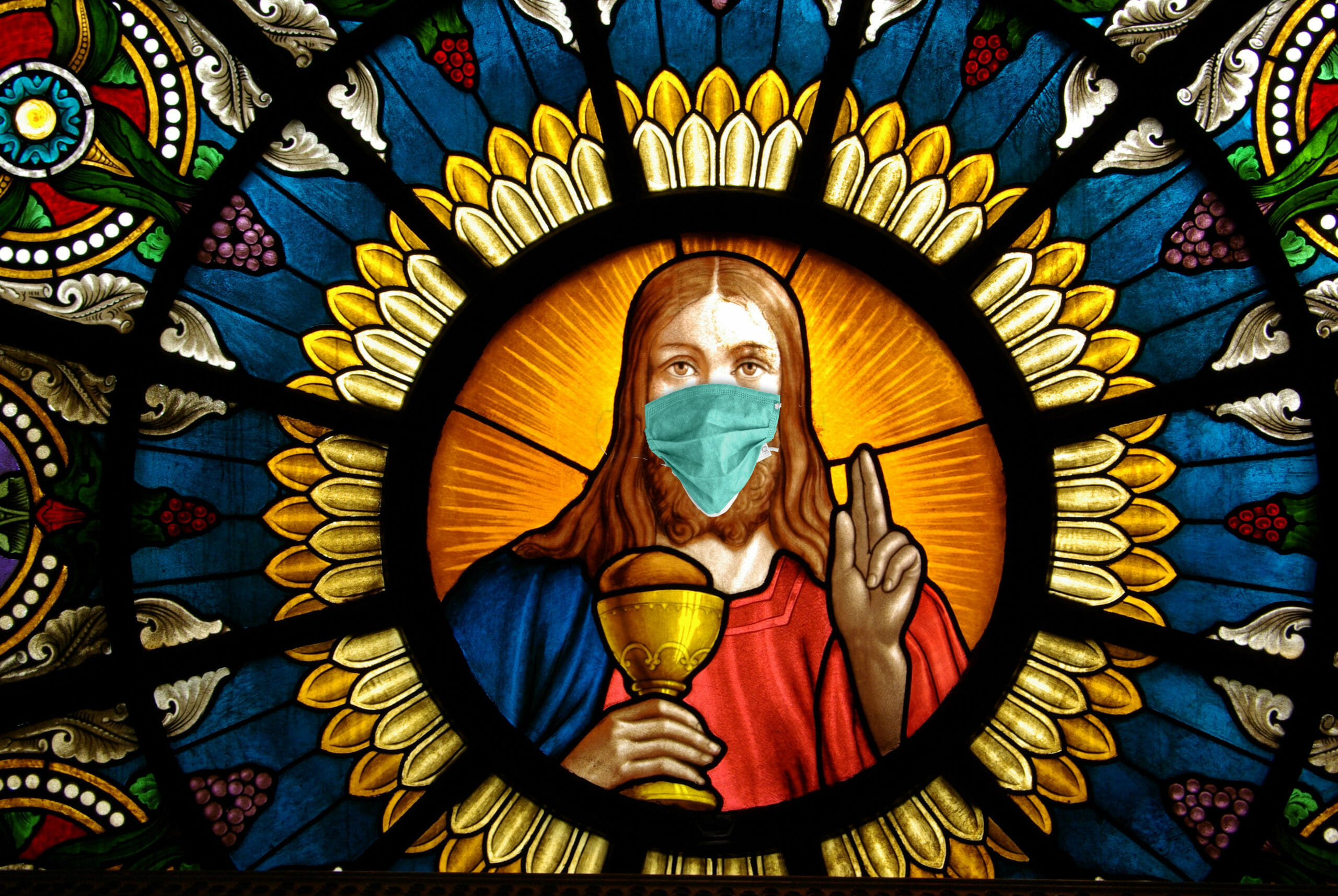
Observing Advent and Christmas this year—pivoting from church to home during a pandemic

Alan R. Rudnick
December 8, 2020
This pandemic has changed our routines for work, school, play, and this Advent and Christmas, our churches will not be exempt from the coronavirus disruption. Some states have enacted strict in-person gathering rules, which has hit churches particularly hard. Here in New York State, some churches are now in COVID-19 hot zones, where in-person gatherings are limited to 25 people or less. Some churches cannot meet at all. Nationwide, many churches have opted for online-only gatherings. Advent and Christmas are usually times when we see more than the usual number of people coming through the church’s doors, and rising COVID-19 case counts have left church leadership anxious about Advent and Christmas.
What is the church to do when Christians look towards the church for one of the most active times on the Christian calendar during a pandemic?
This year, at least, the answer may not be to look to the physical church building but to pivot upon the perspective of the location of the center of religious expression of Advent and Christmas.
Traditionally, in Protestantism, the physical church building is the center of religious life, ceremony, study, fellowship, worship, and prayer. The church building or its sanctuary will never be replaced as the center of religious activity for Christians; however, because of public health concerns, the practices of Christianity cannot currently take place in a church for thousands of congregations. Instead, during the pandemic, Christians must seek an ancient location for worship, connection, faith, study, and prayer: the home.
Within ancient Christianity, the home or, more specifically, the Christian home was a place for faith expression. We read in the book of Acts and in the New Testament epistles, that the Christian home served as a place for fellowship, community, worship, prayer, learning, and celebration during a time of Roman oppression. In Acts chapter two, the community of early believers not only met in the temple but also gathered in homes: “breaking bread in their homes, they received their food with glad and generous hearts” (Acts 2:46 ESV). Earlier in the Gospels, Jesus and the disciples met in an “upper room” of a house for the Last Supper, which we Christians commemorate as Holy Communion. Christianity spread through homes as Saint Paul mentions in his first letter to the Corinthians: “The churches of Asia send you greetings. Aquila and Prisca, together with the church in their house, send you hearty greetings in the Lord” (1 Corinthians 16:19 ESV). Romans 16 references Christians gathering in a home for Christian worship and fellowship. For the first 300 years of Christianity, our faith thrived in homes until the Edict of Milan in 313 CE allowed Christians to meet publicly and build worship spaces.
This pandemic has weighed heavily on our traditional plans of Advent and Christmas and required us to think creatively, but that does not mean our hope is lost. The Christian Church first started as a movement of house churches and micro-communities struggling to figure out how they can practice their faith in extremely challenging times. This year for Advent and Christmas, your church, family, or community can pivot to have a vibrant and imaginative holiday season.
If we Christians cannot meet in a church or sanctuary during this pandemic, here are the ways that we can pivot from the local church to our homes in order to keep our Christian practices alive, vibrant, and renewed:
- Advent Candles at Home – Normally, we look forward to lighting Advent candles as part of our worship of God. If we cannot meet publicly, buy or build an Advent wreath at home. The Advent wreath does not need to be ornate or large. Individuals or families can light candles each Sunday in their home and keep candles lit to remember the expectant hope of Advent.
- Mealtimes during Advent – Each dinner during Advent, my family has a conversation about Advent, Christmas, and faith utilizing conversation cards produced by “She Reads Truth.” We have a span of age among our children in our family, and these cards feature age-appropriate teaching and questions for Advent, which helps our family focus on the meaning of Advent and Christmas.
- Decorations for Advent – In several congregations I have served in, we have participated in the Hanging of the Greens. In some communities, this is usually the time churches decorate their church for Advent. For the home, have family members join together to decorate and prepare Christmas during Advent with green trimmings, putting up a Christmas tree, singing of Advent hymns, prayers, and reading of Scripture.
- Sharing Advent with Neighbors – Believe it or not, Christmas and Easter are the two times of the year the general public is thinking about Christianity. Inviting neighbors over to your home for socially safe interactions outdoors with self-brought food or beverages can serve as a way to keep the cheer up during the Advent and Christmas season. I live in Syracuse, New York, and a fire pit during the winter is always welcomed with refreshments.
- Choirs of Angels – Singing in an enclosed space may not be the safest Advent and Christmas choral practice during this pandemic. Still, groups of people can meet socially distanced outside to sing door to door in the neighborhood to celebrate and spread the Good News of Advent and Christmas. Sheet music can be sent electronically to singers.
This pandemic has weighed heavily on our traditional plans of Advent and Christmas and required us to think creatively, but that does not mean our hope is lost. The Christian Church first started as a movement of house churches and micro-communities struggling to figure out how they can practice their faith in extremely challenging times. This year for Advent and Christmas, your church, family, or community can pivot to have a vibrant and imaginative holiday season.
The Rev. Alan Rudnick is an American Baptist minister, author and Th.D. student at La Salle University, Philadelphia. He is a former member of the board of directors for American Baptist Home Mission Societies, Board of General Ministries and Mission Council of the Cooperative Baptist Fellowship.
The views expressed are those of the author and not necessarily those of American Baptist Home Mission Societies.


